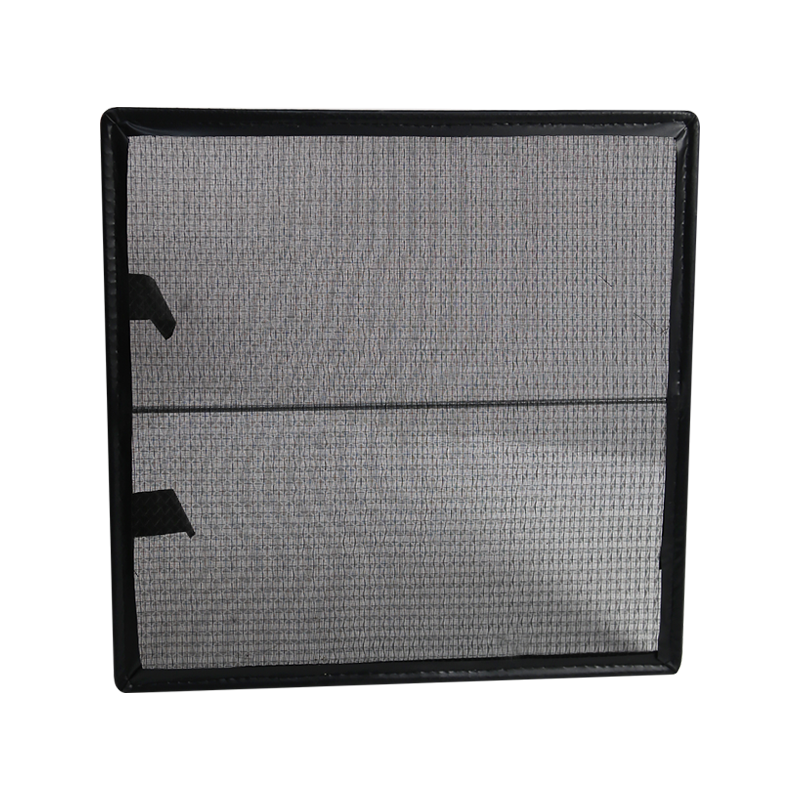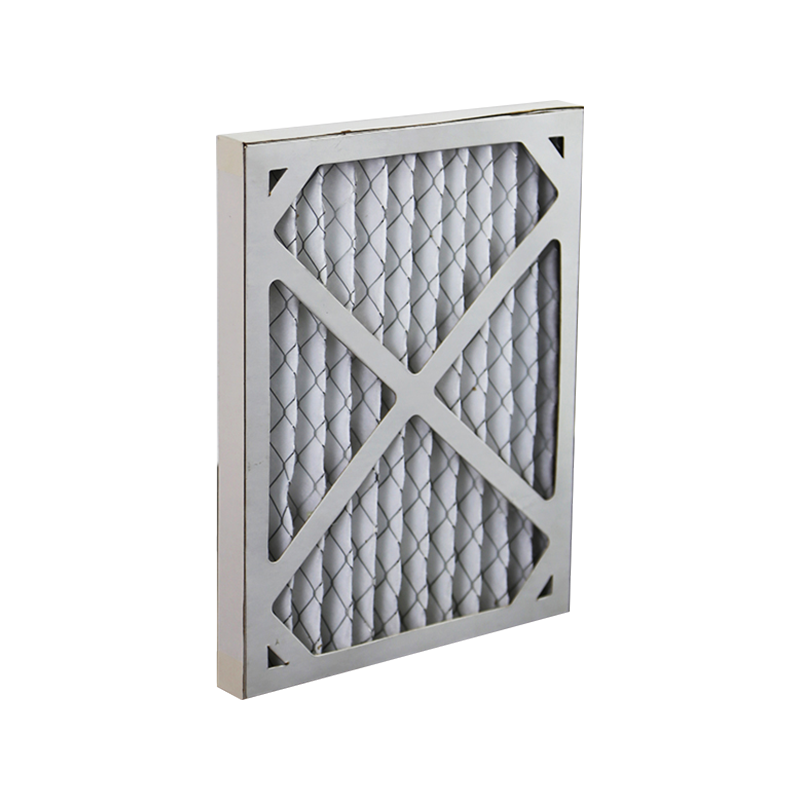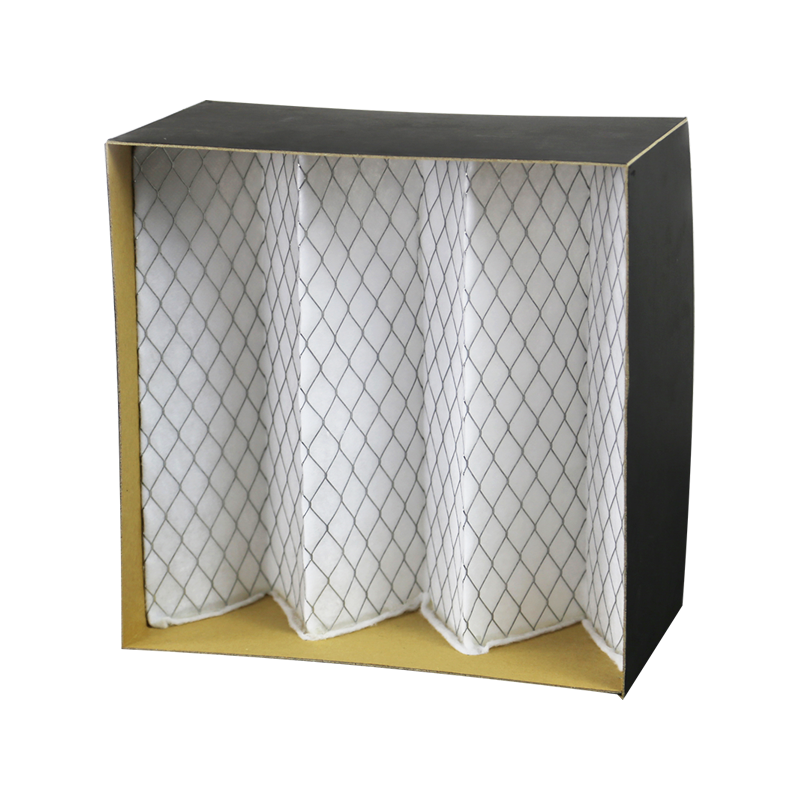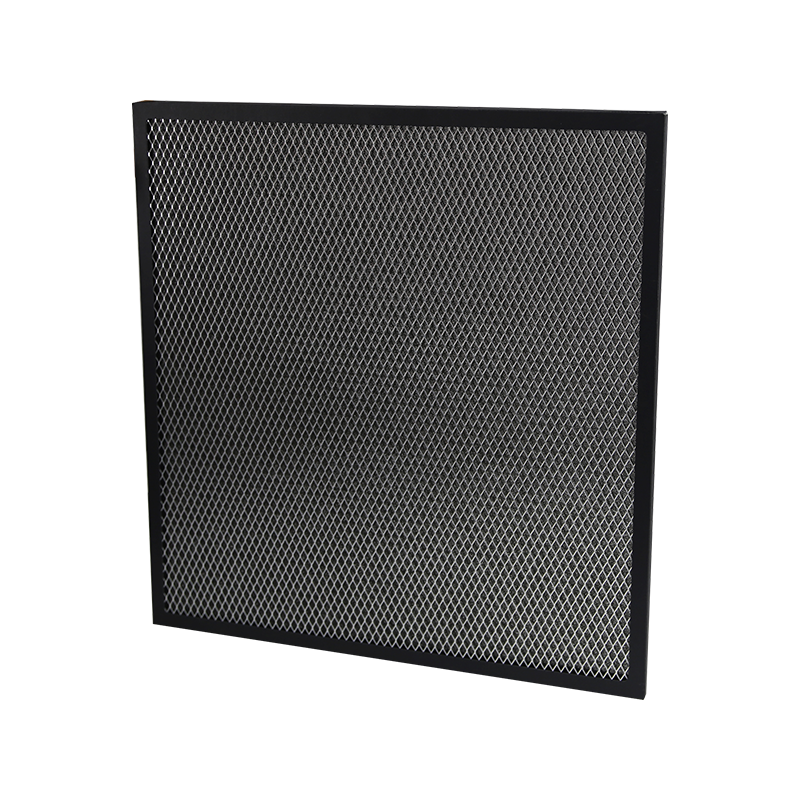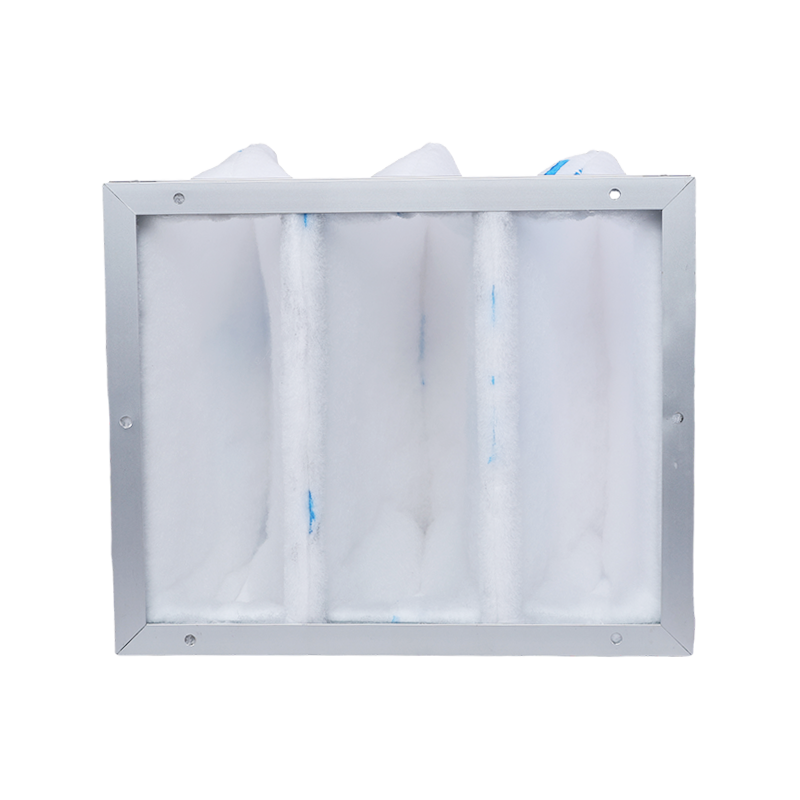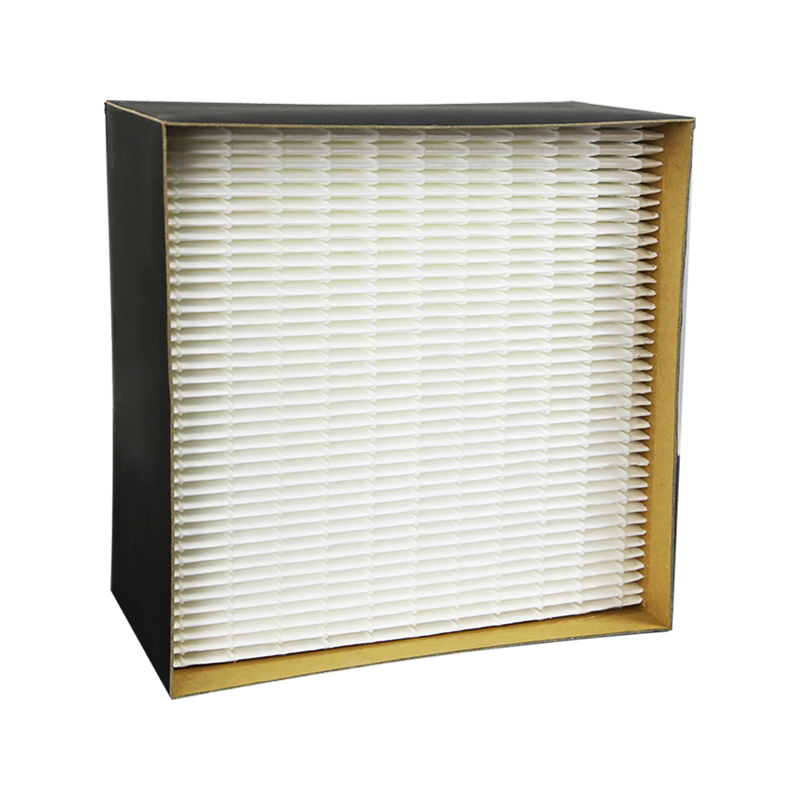From solutions to productions, we’re specialized in making the products you need.
News categories
Product categories
How Often Should You Replace a Primary Air Filter?
In HVAC systems, industrial clean rooms, and various air-handling applications, primary air filters play a vital role in capturing large airborne particles and maintaining air quality. Regular maintenance and timely replacement of these filters are critical to ensuring system efficiency, indoor air cleanliness, and the longevity of downstream equipment. But the question many users often ask is: How often should a primary air filter be replaced? The answer depends on several factors, including usage environment, filter type, and system load.
What Is a Primary Air Filter?
A primary air filter is typically the first line of defense in an air filtration system. Installed at the air intake of HVAC or ventilation systems, its main job is to capture larger particles such as dust, pollen, hair, and fibers before the air moves on to more advanced (and expensive) secondary or HEPA filters.
Primary filters are commonly rated in G3 to G4 efficiency class under the EN779 or ISO 16890 standards and may be constructed using materials such as non-woven synthetic fiber, washable polyester, or pleated paper media.
General Replacement Frequency
The recommended replacement interval for a primary air filter varies, but here are some general guidelines:
Residential HVAC systems: every 1 to 3 months, depending on filter material and usage.
Commercial or office buildings: every 1 to 2 months, especially in high-traffic or dusty areas.
Industrial environments: every 2 weeks to 1 month, due to higher particulate load.
Cleanrooms or healthcare settings: replacement schedules can be even more frequent, based on air quality standards.
Keep in mind that these intervals are approximate, and actual replacement needs should be guided by system monitoring and visual inspection.

Factors That Affect Replacement Frequency
1. Air Quality and Environmental Conditions
The dustier or more polluted the surrounding air, the faster the filter will clog. For example, buildings near construction sites, factories, or high-traffic areas will experience quicker buildup of debris on their filters.
2. Filter Material and Design
Pleated filters tend to have a larger surface area and last longer.
Flat panel filters typically require more frequent replacement.
Washable filters may not need replacement as often but do require regular cleaning to maintain effectiveness.
3. System Runtime and Usage Patterns
If your HVAC system runs constantly — such as in hospitals, malls, or data centers — the filter will accumulate debris faster than in systems that run intermittently.
4. Presence of Pets, Allergens, or Smoking
In homes with pets or smokers, filters may become clogged with dander, hair, or smoke particles more quickly, requiring more frequent changes.
Signs It’s Time to Replace Your Primary Air Filter
Even if you follow a regular schedule, you should look for these signs that a filter needs replacement:
Visible dust and dirt accumulated on the filter media
Reduced airflow from vents or air handlers
Increased energy bills due to the system working harder
Unusual odors or decrease in indoor air quality
System overheating or abnormal noise
Visual inspection every few weeks can help prevent performance loss or system strain.
Importance of Timely Replacement
Failing to replace a clogged primary air filter can lead to:
Reduced HVAC system efficiency and increased energy consumption
Poor indoor air quality, which can worsen respiratory conditions
Damage to downstream filters or sensitive equipment
Unnecessary strain on fans, motors, and compressors
Timely maintenance not only extends the life of your HVAC system but also ensures compliance with air quality standards, especially in regulated environments like healthcare, pharma, or electronics manufacturing.
Best Practices for Maintenance
Keep a filter replacement log or set calendar reminders.
Use differential pressure gauges (in commercial settings) to monitor filter clogging.
Choose high-quality filters from reputable manufacturers for better lifespan and performance.
Clean washable filters regularly as per manufacturer instructions and let them dry completely before reinstalling.
Inspect seals and housing when replacing filters to ensure no air bypass.
Replacing your primary air filter at the right time is a small but essential step in maintaining indoor air quality and system efficiency. While general guidelines recommend replacement every 1 to 3 months, actual intervals should be determined by environmental conditions, filter type, and usage. By paying attention to performance signs and maintaining a regular inspection schedule, you can extend the life of your entire air filtration system and ensure a cleaner, healthier air environment.
How Often Should a Cylindrical Filter Cartridge Be Replaced?
Aluminum Frame Washable Primary Filter: High-efficiency and durable primary air filtration solution
related products
Copyright 2023 Nantong Henka Environment Solutions Co.,Ltd. All Rights Reserved


 English
English русский
русский Español
Español 简体中文
简体中文
